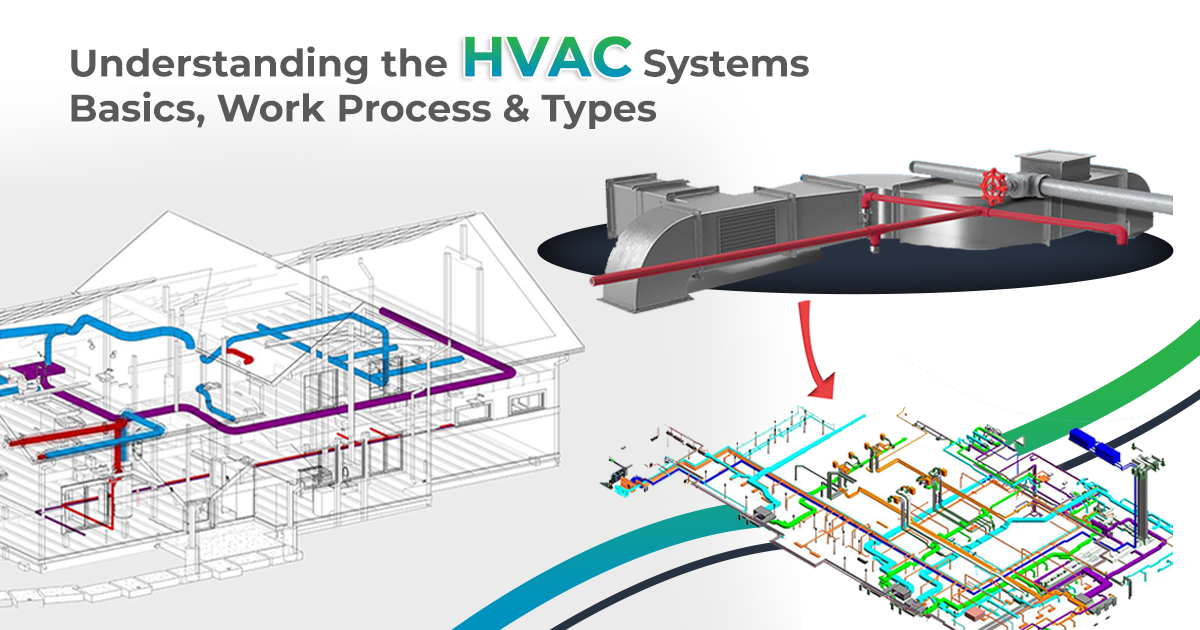
Maintaining a comfortable home environment relies heavily on a well-functioning heating and air conditioning (HVAC) system. Understanding the essential heating and air parts is crucial for both homeowners and DIY enthusiasts. Whether you're dealing with a minor repair or planning a major overhaul, knowing your components can save you time and money. Let's explore the key parts that keep your system running efficiently.
Essential Heating Parts
When winter arrives, your heating system becomes your best friend. Here are some critical components:
- Furnace Burners: These ignite the fuel (gas, oil, or propane) to generate heat.
- Heat Exchanger: This transfers the heat from the burners to the air, which is then circulated throughout your home.
- Blower Motor: This pushes the heated air through the ductwork.
- Ignition System: This can be a pilot light, electronic ignition, or hot surface igniter, responsible for starting the combustion process.
- Thermostat: This controls the temperature and activates the heating system when needed.
Essential Air Conditioning Parts
During the sweltering summer months, your air conditioning system provides much-needed relief. Key components include:
- Compressor: This circulates the refrigerant and increases its pressure.
- Condenser Coils: These release heat from the refrigerant to the outside air.
- Evaporator Coils: These absorb heat from the indoor air, cooling it down.
- Expansion Valve: This regulates the flow of refrigerant into the evaporator coils.
- Blower Motor: This circulates the cooled air through the ductwork.

Common HVAC Parts and Their Functions
Beyond the core heating and cooling components, several other parts play vital roles in your HVAC system:
- Air Filters: These remove dust, pollen, and other particles from the air, improving air quality and protecting the system.
- Ductwork: This network of channels distributes conditioned air throughout your home.
- Thermostats: Modern thermostats offer programmable features for enhanced energy efficiency.
- Relays and Contactors: These electrical components control the operation of various parts.
- Capacitors: These store and release electrical energy, helping motors start and run efficiently.
Troubleshooting Common Issues
Understanding common issues and their potential causes can help you diagnose problems and perform basic maintenance:
Heating Issues
- No Heat: Check the thermostat, circuit breaker, and gas supply.
- Uneven Heating: Inspect air filters and ductwork for blockages.
- Strange Noises: Listen for unusual sounds from the blower motor or burners.

Air Conditioning Issues
- No Cool Air: Check the thermostat, circuit breaker, and refrigerant levels.
- Weak Airflow: Inspect air filters and ductwork for obstructions.
- Water Leaks: Look for condensation or leaks around the evaporator coils.
Maintaining Your HVAC System

Regular maintenance is essential for prolonging the life of your heating and air parts. Here are some tips:
- Change Air Filters Regularly: Replace filters every 1-3 months, depending on usage.
- Schedule Professional Tune-ups: Have your system inspected and serviced by a qualified technician annually.
- Clean Condenser Coils: Remove debris from the outdoor unit to ensure efficient operation.
- Check Ductwork: Seal any leaks or gaps in the ductwork to prevent air loss.
- Monitor Thermostat Settings: Use programmable thermostats to optimize energy consumption.
Where to Find Quality Heating and Air Parts
When you need to replace or repair heating and air parts, it's crucial to choose reliable suppliers. Look for reputable retailers or online stores that offer:
- Genuine OEM Parts: Ensure compatibility and performance.
- Warranty and Support: Protect your investment with reliable warranties.
- Expert Advice: Seek guidance from knowledgeable professionals.
By understanding the essential heating and air parts and performing regular maintenance, you can ensure your HVAC system operates efficiently and reliably. Stay comfortable year-round with a well-maintained system!
No comments:
Post a Comment
Note: Only a member of this blog may post a comment.